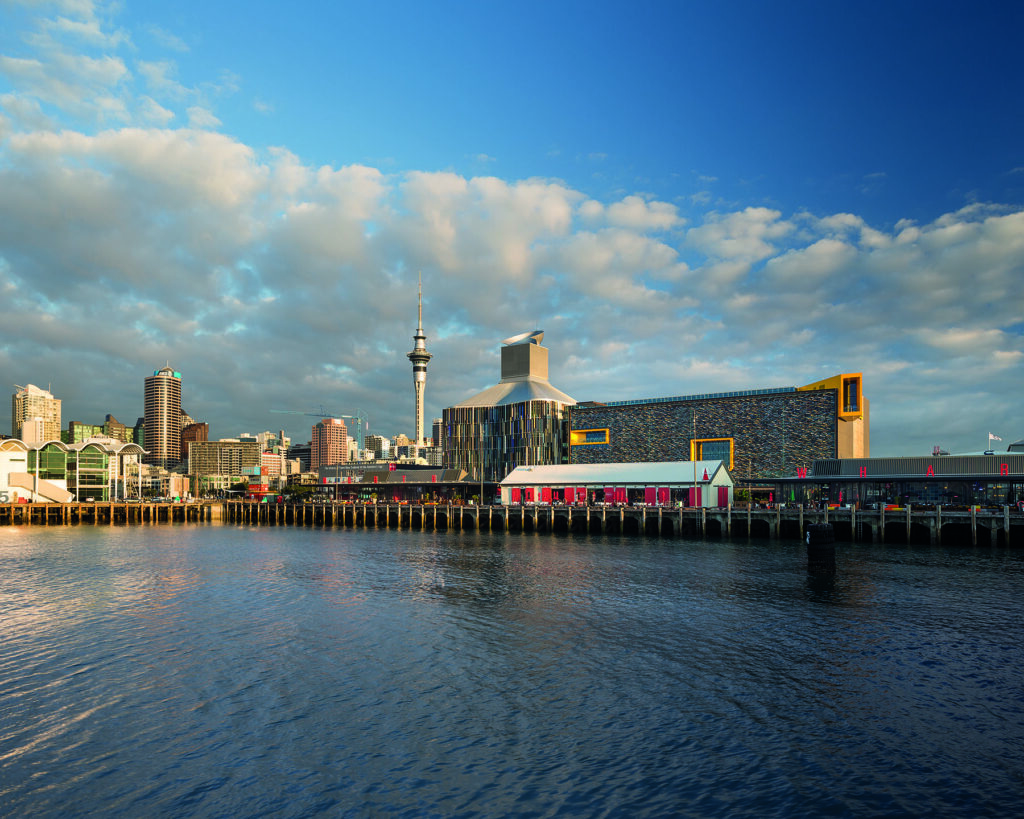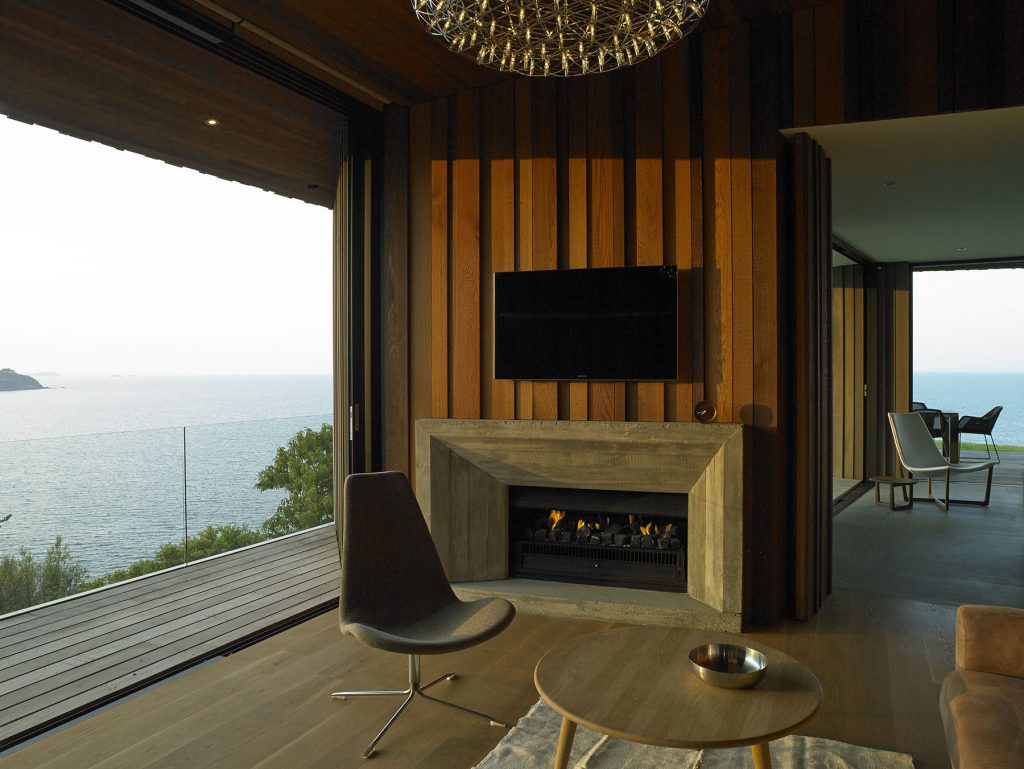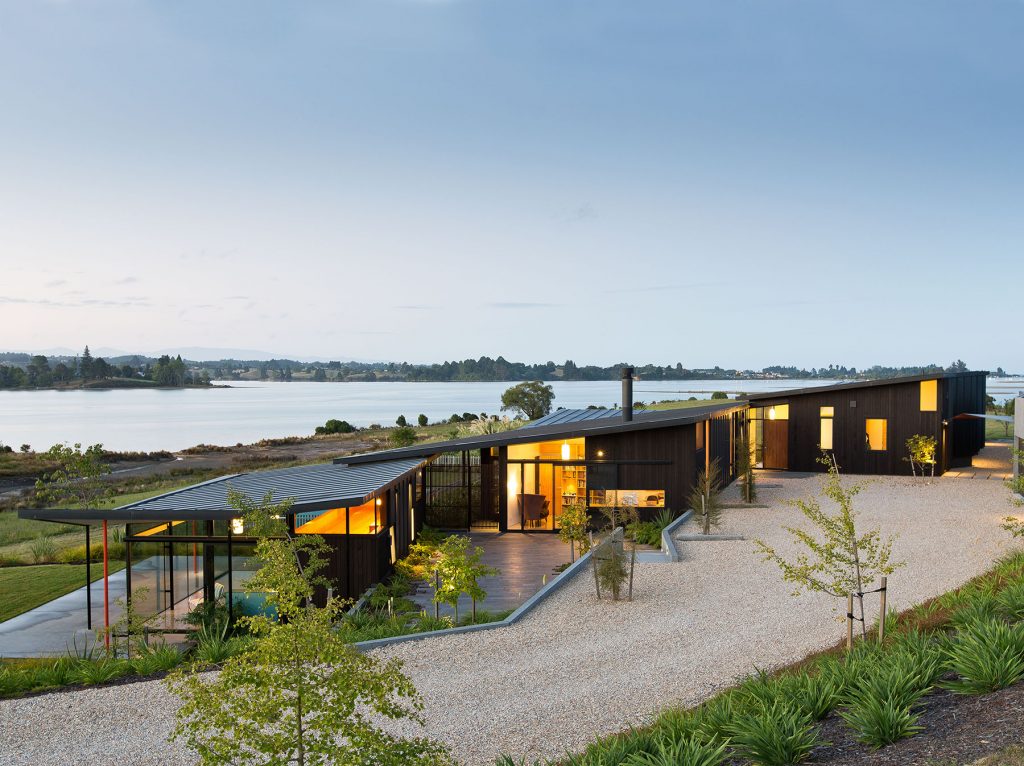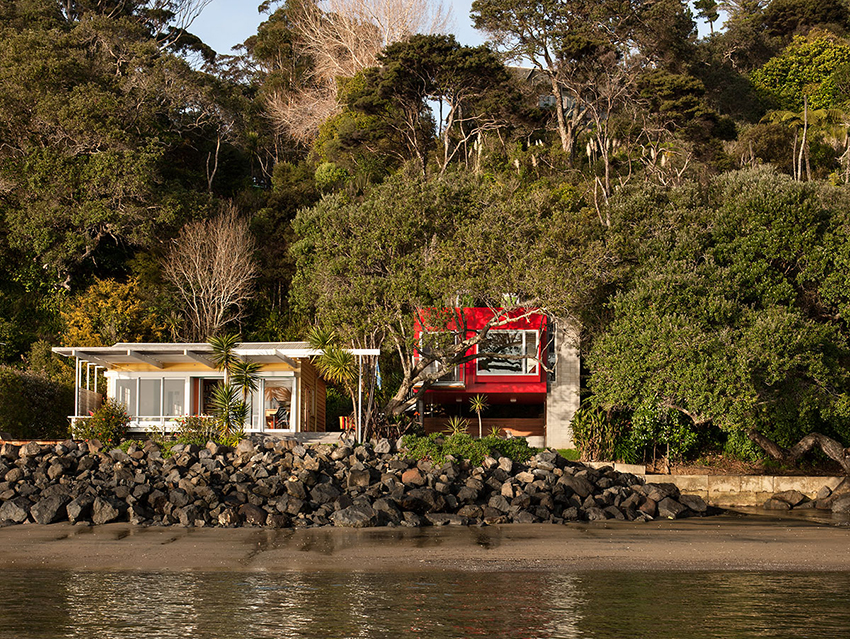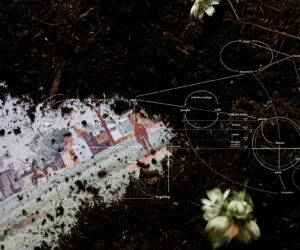New Zealand Architecture Awards acknowledge the year’s best buildings
A new bank building on Auckland’s waterfront has received New Zealand’s highest architectural honour and 16 other projects, ranging from an airport terminal in Christchurch to an exhibition pavilion in Germany, and a tiny bach to a busy student hub, have won awards in the country’s premier architectural competition, the New Zealand Architecture Awards.
Architecture practices BVN Donovan Hill and Jasmax picked up the 2014 New Zealand Architecture Medal for ASB North Wharf, which also received Awards for Commercial Architecture, Interior Architecture and Sustainability at the Awards ceremony in Auckland on 9 May.
The Awards jurors – convenor Richard Naish RTA Studio, Auckland), Michael Banney (m3architecture, Brisbane), Stuart Gardyne (Architecture+, Wellington), and Bronwen Kerr (Kerr Ritchie, Queenstown) – described the new ASB headquarters as an “ambitious experiment in commercial architecture”.
“It is a totally integrated project – an architectural realisation of a workplace philosophy, an exemplar of environmentally sustainable design and a contextually aware presence in a new maritime environment.”
“Banking is traditionally a business in which people know their place and keep to it. At ASB North Wharf, employees are encouraged to find their place and use it for a particular time or task. The result is an exuberant workplace with a variety of spaces for big and small meetings, private work and social interaction.”
“In ASB North Wharf we may be seeing the future of office work.”
BVN Donovan Hill and Jasmax was also a successful combination in the South Island, with the partnership receiving awards for Commercial Architecture and Interior Architecture for the Regional Terminal at Christchurch Airport – “a delightful modern building that, with its casual intimacy, easy connection to the runway, and big views of airport activity tips its wing to the memory of the traditional New Zealand regional air terminal”.
One trend emerging from this year’s Architecture Awards is the development of new learning environments at tertiary institutions. Architectus and Athfield Architects won an award in the Education category for the Victoria University of Wellington Campus Hub and Library Upgrade, which the jury described as an “exemplary project, tightly resolved on many levels, from campus planning to construction detailing” which “transforms wasted space into a real place”.
The jury was also impressed by the Jasmax-designed Sir Paul Reeves Building at AUT University, which was awarded in both the Education and Urban Design and Planning categories. “Materials are robust and not extravagant, but the building never feels cheap,” the jury said. “In the Sir Paul Reeves Building, AUT’s student will feel valued.”
Another educational facility that received two awards – in the Sustainability as well as the Education category – is Massey University’s Te Ara Hihiko–College of Creative Arts. The jury said the building is a “well-resolved machine for learning” that incorporates innovative seismic technology that allows the timber-framed structure to sway and revert to shape in an earthquake.
The move by architects into the realm of urban design was evident in the 2014 Architecture Awards. Lower Hutt’s Dowse Square is a new public space designed by Athfield Architects which the jury described as project in which “civic seriousness has been leavened with playful delight” to produce “a refreshing and sustaining community asset.”
Dowse Square received an award in the Planning and Urban Design category, as did Hurstmere Green in Takapuna, designed by Sills van Bohemen. “A high level of skill and competence has produced a sophisticated and sensitive project,” the jury said. “It is an excellent example of multi-layered urban design, exhibiting a delight in craft, a command of materials and a mastery of detail.”
A much farther-flung architectural project was the New Zealand Guest of Honour Pavilion at the 2013 Frankfurt Book Fair, designed by Patterson Associates and Inside Out Productions, recipient of an award in the International Architecture category. The jury said the pavilion was “a refreshing take on exposition architecture” and a “technically sophisticated and culturally powerful response to the challenge of representing New Zealand’s literary identity at the international publishing industry’s premier event.”
Some familiar names appeared on the honours board in the Housing category of the Awards. Fearon Hay Architects received an award for Dune House at Omaha. “Domestic luxury cohabits harmoniously with natural beauty in this sophisticated and highly polished holiday house, a sanctuary in its suburban beach setting,” the jury said.
Stevens Lawson Architects received an award for Headland House, on Waiheke Island. “Belying its true size, the house sits modestly and calmly occupies its headland site,” the jury said. “Warm and unexpected places are revealed behind hidden doors, and the combination of formal and informal spaces makes for a relaxed retreat.”
Tennent + Brown Architects’ Torea House near Nelson also won an award in the Housing category. “Low slung and discrete, the house is superbly sited in a horizontal landscape, and has a relaxed, comfortable and nuanced relationship with the surrounding garden and the wider environment,” the jury said.
At the other social end of the housing spectrum, an award went to Wellington City Council’s Central Park Apartments, an existing social housing complex which has been transformed by Novak + Middleton. “The strategy of fragmenting the apartment complex into smaller clusters has dramatically improved the apartments’ safety, seismic performance and circulation, and has promoted a sense of community.”
“This is a good story of architecture having a positive impact on hundreds of lives,” the jury said.
An architect’s own holiday home won an award in the Small Project category. Bossley Architects’ Arruba Bach, near Waiuku, is a brightly coloured box nestled among pohutukawa trees. “Delightful in itself, the red box is a sophisticated response to context and typological precedent,” the jury said. “In the nicest possible and most appropriate way, it may be described as ‘awkwardly perfect’.”
One of the goals of the New Zealand Architecture Awards programme is to acknowledge buildings that have stood the test of time. The jury made two awards in the Enduring Architecture category, which is reserved for buildings that are at least 25 years old. One Enduring Architecture went to the Cocker Townhouses (1973), in Freemans Bay Auckland, designed by the late Claude Megson.
“Interior spaces may not be of a size that meets modern expectation, but the townhouses are charming in their intimacy and exhibit the compositional richness that typified Megson’s work,” the Awards jury said. “Forty years after construction, this is still invigorating architecture.”
The other recipient of an Enduring Architecture Award is A House at the Beach, Te Horo, designed by Gordon Moller of Moller Architects for his own family. “After nearly 30 years of use, this beach house has proved its enduring quality and appeal,” the jury said. “It is an excellent model of a holiday house on the New Zealand coast.”
The New Zealand Architecture Awards is a programme of the New Zealand Institute of Architects, supported by Resene.
